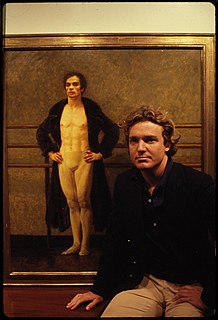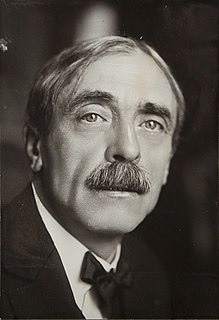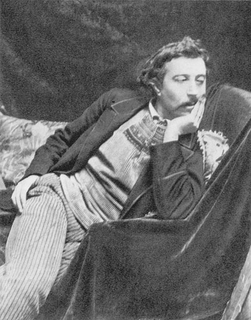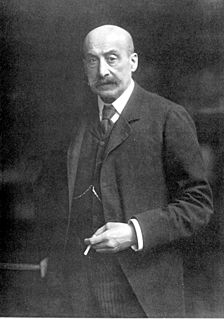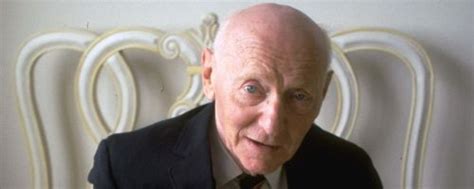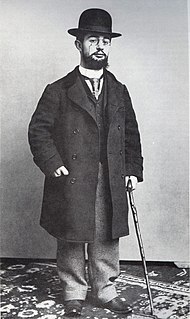Top 21 Degas Quotes & Sayings
Explore popular Degas quotes.
Last updated on April 14, 2025.
Edgar Degas's famous sculpture, 'Little Dancer Aged Fourteen,' served as my muse for 'The Painted Girls.' I came upon a television documentary on the work, and as someone who held the sculpture in high esteem and who largely considered ballet to be the high-minded pursuit of privileged young girls, I was struck by what I would learn.
The paintings that laughed at him merrily from the walls were like nothing he had ever seen or dreamed of. Gone were the flat, thin surfaces. Gone was the sentimental sobriety. Gone was the brown gravy in which Europe had been bathing its pictures for centuries. Here were pictures riotously mad with the sun. With light and air and throbbing vivacity. Paintings of ballet girls backstage, done in primitive reds, greens, and blues thrown next to each other irreverantly. He looked at the signature. Degas.
Only the bad artists of the nineteenth century were frightened by the invention of photography; the good ones all welcomed it and used it. Degas liked it not only because it provided an accurate record, but because the snapshot showed him a means of escape from the classical rules of design. Through it he learnt to make a composition without the use of formal symmetry.
